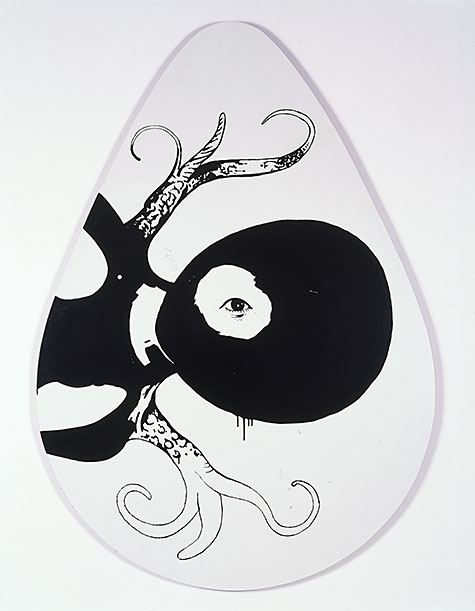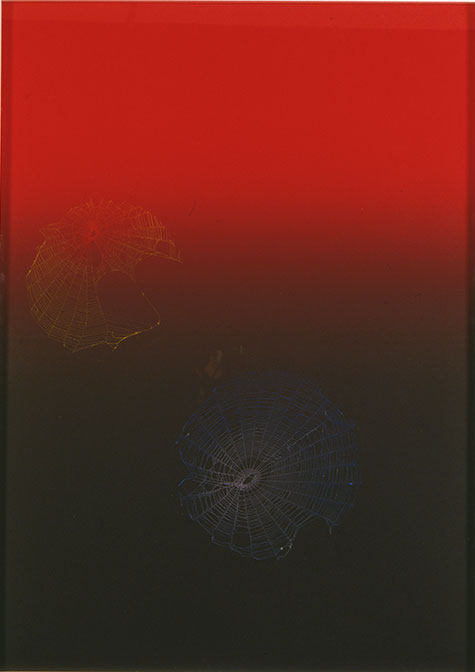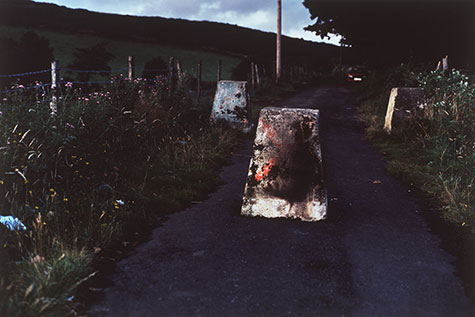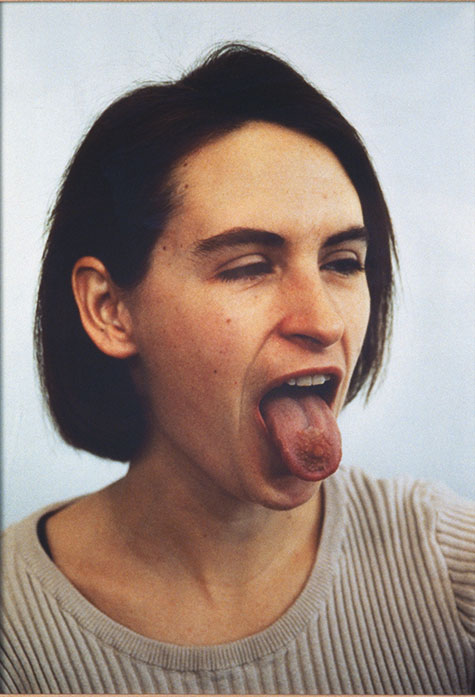
From the first Gulf War and the Los Angeles riots to the fall of communism and the rise of digital technology, the 1990s were marked by a series of radical transformations.
“Rotation 2: Contemporary Art from the Peter Norton Gift,” on view this fall at the Mildred Lane Kemper Art Museum at Washington University in St. Louis, presents a selection of artworks — predominantly created during the 1990s — that engage many of the era’s most pressing social, political and technological issues.
Drawn from a major donation of contemporary art by philanthropist and software entrepreneur Peter Norton, “Rotations 2” features video, photography, collage, sculpture and installation by Willie Doherty, Jeanne Dunning, Carsten Höller, Mike Kelley, Sarah Lucas, Nadine Robinson, Valeska Soares, Georgina Starr and Pae White, among others.
Taken together, these artworks represent some of the most interesting and challenging artistic positions to emerge during the period.

For example, feminist works by Dunning, Lucas and Starr interrogate normative assumptions about class, ethnicity and gender. Soares’ “Entanglements” (1995) and Robinson’s “Tower Hollers” (2001) — the latter created during a residency in the World Trade Center Studios — explore the potentials of multisensory aesthetic experiences. Höller’s “Ballonsüssi” (1994) and White’s “Showroom for the Show-You-Rights” (1995) break down barriers between fine art, fashion, design and popular culture.
“Poetics Country” (1997), by Kelley and Tony Oursler, consists of a pedestrian crossing sign riddled with bullet holes and graffiti — a gesture that speaks to the artists’ anti-authoritarian aesthetic while slyly referencing their shared history as members of the Los Angeles punk band The Poetics. The threat of violence also informs Doherty’s “Boarder Road” (1991), which captures both the physical roadblocks and the air of quiet menace that pervaded Northern Ireland during the long years of “The Troubles”.

“Rotation 2” opens with a reception at 7 p.m. Friday, Sept. 11. Also opening that evening will be “World War I: War of Images, Images of War,” which examines the art and visual culture of the First World War, and “Relationships and Representation: Perspectives on Social Justice Work,” which explores questions relating to both social justice work and visual art practice.
“Rotation 2” remains on view through Oct. 19. “World War I” and “Relationships and Representation” remain on view through Jan. 4, 2016.
The Kemper Art Museum is located on Washington University’s Danforth Campus, near the intersection of Skinker and Forsyth boulevards. Regular hours are 11 a.m.-5 p.m. daily except Tuesdays and 11 a.m.-8 p.m. the first Friday of the month. The museum is closed Tuesdays.
For more information, call 314-935-4523; visit kemperartmuseum.wustl.edu; or follow the museum on Facebook, Twitter and Instagram.
